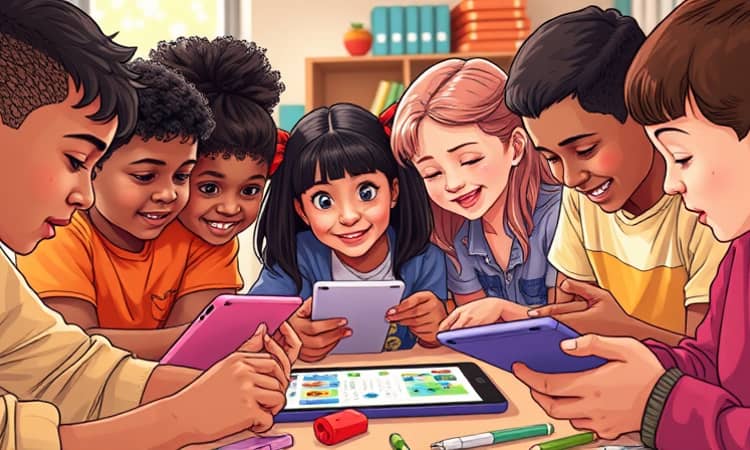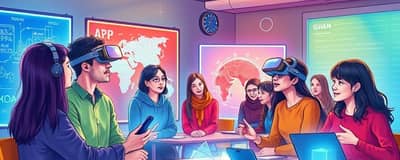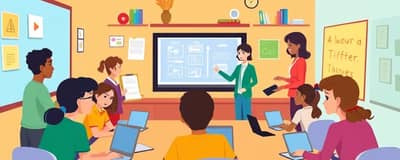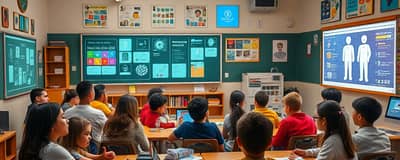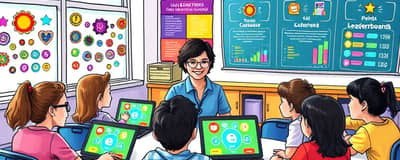In today’s rapidly evolving educational landscape, student engagement has become more critical than ever. Recent surveys reveal that 46% of teachers report decreased engagement since 2019, even though 90% of learners say they feel motivated to learn. This gap highlights an urgent need to rethink traditional teaching methods and embrace new approaches that truly connect with students.
By implementing research-backed techniques and fostering a culture of curiosity, educators can reignite passion, participation, and perseverance in their classrooms. The following strategies offer practical insights to transform learning into an inspiring, student-centered journey.
Defining Student Engagement
At its core, student engagement reflects the attention, curiosity, interest, optimism, and passion learners invest in their studies. It goes beyond mere compliance or seat time to include emotional and cognitive dimensions that drive deep learning.
True engagement emerges when students find relevance in content, feel valued by peers and teachers, and experience a sense of belonging. Cultivating these psychological drivers lays the foundation for sustained motivation and academic success.
Key Strategies to Ignite Curiosity
Innovative pedagogies shift the classroom from passive reception to active exploration. When students tackle meaningful problems and puzzles, they develop critical thinking skills and ownership over their learning.
- Project-Based Learning (PBL): Students immerse themselves in long-term, real-world projects that demand research, collaboration, and presentation skills.
- Inquiry-Based Learning: Learners generate their own questions, seek answers through investigation, and reflect on discoveries to construct personal meaning.
- Problem-Based Learning: Authentic challenges mirror societal or scientific dilemmas, fostering rigorous analysis and application of knowledge.
- Collaborative and Cooperative Learning: Structured group tasks encourage peer-to-peer support, communication skills, and shared responsibility.
Studies confirm that these approaches increase student agency and deepen understanding, moving learners from memorization to mastery.
Integrating Technology and Innovation
Digital tools offer unprecedented opportunities to personalize instruction and maintain engagement. Platforms with adaptive algorithms adjust difficulty in real time, ensuring students remain challenged without frustration.
Flipped classrooms leverage technology by having students review lectures or readings at home, then devoting in-person time to active, application-based activities. This model transforms teachers into coaches who guide inquiry and hands-on work, rather than lecturers behind a podium.
Incorporating multimedia, virtual simulations, and collaborative online spaces enriches lessons and meets students where they are most comfortable—at the intersection of technology and creativity.
Empowering Teachers with Best Practices
Educators play a pivotal role in designing and nurturing engaging experiences. Clear learning objectives and well-planned lessons set expectations and provide a roadmap for success.
Frequent formative assessments with timely specific feedback loops enable students to correct misconceptions, celebrate progress, and take ownership of their growth.
- Student Choice and Voice: Empowering learners to select project topics or presentation formats cultivates intrinsic motivation.
- Social-Emotional Learning (SEL) Integration: Teaching students to manage emotions and build relationships enhances focus and resilience.
- Reflective Self-Assessment and Journaling: Regular metacognitive activities help students monitor their own progress and set meaningful goals.
When teachers model curiosity and compassion, classrooms become ecosystems where every student feels respected and driven to excel.
Building a Supportive Learning Environment
Physical and cultural classroom design can either inspire or stifle engagement. Flexible seating arrangements, welcoming decor, and zones for collaboration signal that every learner’s needs matter.
Introducing small flexible school models such as microschools or learning pods offers personalized instruction tailored to diverse abilities and interests. These intimate settings strengthen community bonds and allow for nimble, student-centered education.
Hands-on maker spaces, fieldwork opportunities, and arts integration provide meaningful hands-on experiences that connect theory to real life and spark enduring enthusiasm.
Future Directions and Sustainable Impact
As classrooms become more heterogeneous and technology continues to advance, educators must remain adaptable and innovative. Emphasizing critical thinking, collaboration, and social-emotional competence prepares students not just for tests, but for life beyond school walls.
In the years ahead, fostering a lifelong love of learning will depend on our ability to blend digital and experiential methods, honor student voice, and maintain unwavering commitment to equitable, inclusive practices.
Conclusion: Charting a Path Forward
Enhancing student engagement is a collective mission that demands creativity, empathy, and evidence-based strategies. By integrating project-based activities, technology, and social-emotional learning into everyday teaching, we can reignite wonder and drive meaningful outcomes.
Educators, administrators, and policymakers must collaborate to build environments where curiosity thrives and every learner is empowered to reach their fullest potential. The future of education depends on our willingness to innovate today.
References
- https://teachingcommons.stanford.edu/teaching-guides/foundations-course-design/learning-activities/increasing-student-engagement
- https://standtogether.org/stories/education/student-engagement-strategies-to-try-in-the-classroom
- https://positivepsychology.com/student-engagement/
- https://woombie.com/blog/post/innovative-teaching-strategies-to-engage-modern-students
- https://www.amle.org/innovative-teaching-strategies-that-improve-student-engagement/
- https://xello.world/en/blog/student-engagement/what-is-student-engagement/
- https://infobase.com/blog/17-teaching-strategies-for-boosting-student-engagement/
- https://www.coolcatteacher.com/innovative-strategies-engage-every-student-engagement

